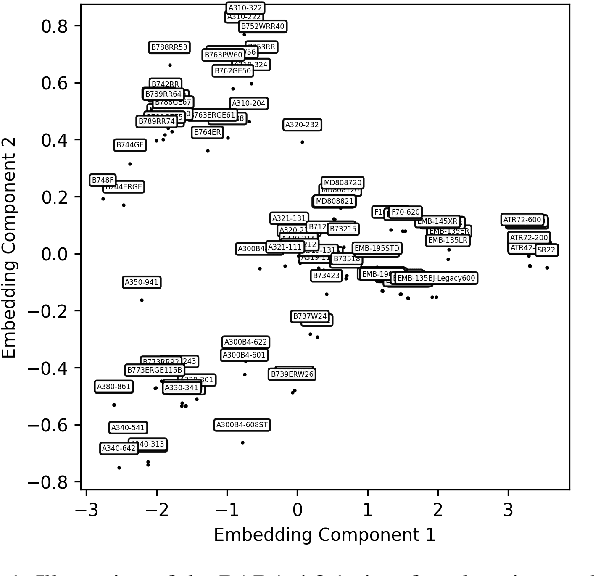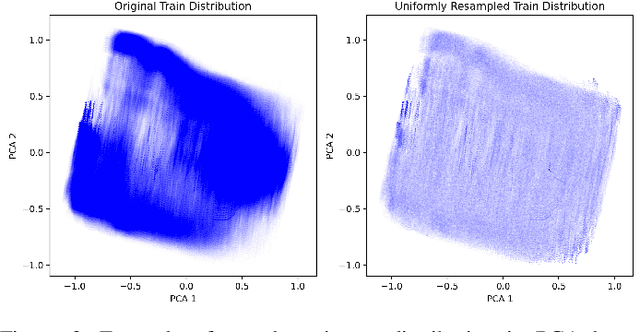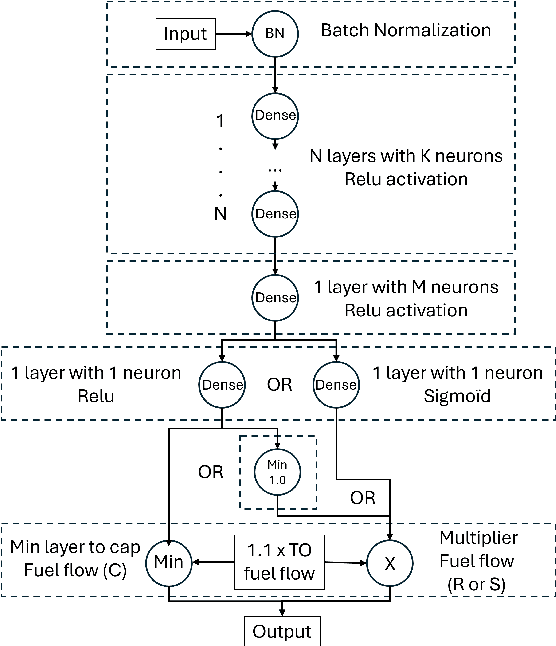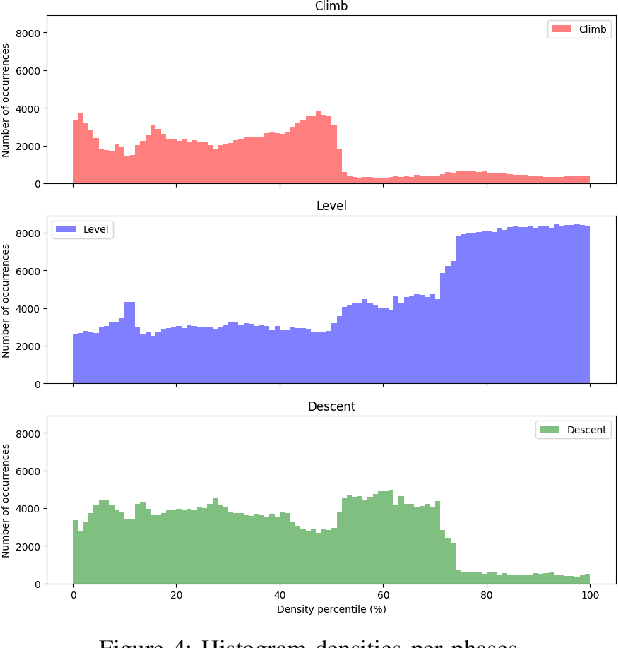Gabriel Jarry
On the Detection of Aircraft Single Engine Taxi using Deep Learning Models
Oct 10, 2024Abstract:The aviation industry is vital for global transportation but faces increasing pressure to reduce its environmental footprint, particularly CO2 emissions from ground operations such as taxiing. Single Engine Taxiing (SET) has emerged as a promising technique to enhance fuel efficiency and sustainability. However, evaluating SET's benefits is hindered by the limited availability of SET-specific data, typically accessible only to aircraft operators. In this paper, we present a novel deep learning approach to detect SET operations using ground trajectory data. Our method involves using proprietary Quick Access Recorder (QAR) data of A320 flights to label ground movements as SET or conventional taxiing during taxi-in operations, while using only trajectory features equivalent to those available in open-source surveillance systems such as Automatic Dependent Surveillance-Broadcast (ADS-B) or ground radar. This demonstrates that SET can be inferred from ground movement patterns, paving the way for future work with non-proprietary data sources. Our results highlight the potential of deep learning to improve SET detection and support more comprehensive environmental impact assessments.
On the Generalization Properties of Deep Learning for Aircraft Fuel Flow Estimation Models
Oct 10, 2024



Abstract:Accurately estimating aircraft fuel flow is essential for evaluating new procedures, designing next-generation aircraft, and monitoring the environmental impact of current aviation practices. This paper investigates the generalization capabilities of deep learning models in predicting fuel consumption, focusing particularly on their performance for aircraft types absent from the training data. We propose a novel methodology that integrates neural network architectures with domain generalization techniques to enhance robustness and reliability across a wide range of aircraft. A comprehensive dataset containing 101 different aircraft types, separated into training and generalization sets, with each aircraft type set containing 1,000 flights. We employed the base of aircraft data (BADA) model for fuel flow estimates, introduced a pseudo-distance metric to assess aircraft type similarity, and explored various sampling strategies to optimize model performance in data-sparse regions. Our results reveal that for previously unseen aircraft types, the introduction of noise into aircraft and engine parameters improved model generalization. The model is able to generalize with acceptable mean absolute percentage error between 2\% and 10\% for aircraft close to existing aircraft, while performance is below 1\% error for known aircraft in the training set. This study highlights the potential of combining domain-specific insights with advanced machine learning techniques to develop scalable, accurate, and generalizable fuel flow estimation models.
 Add to Chrome
Add to Chrome Add to Firefox
Add to Firefox Add to Edge
Add to Edge